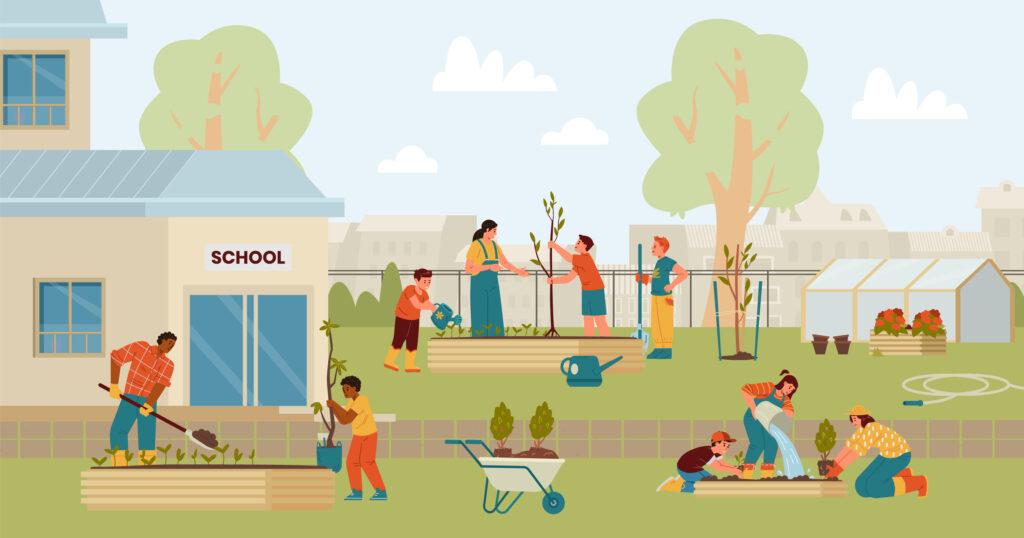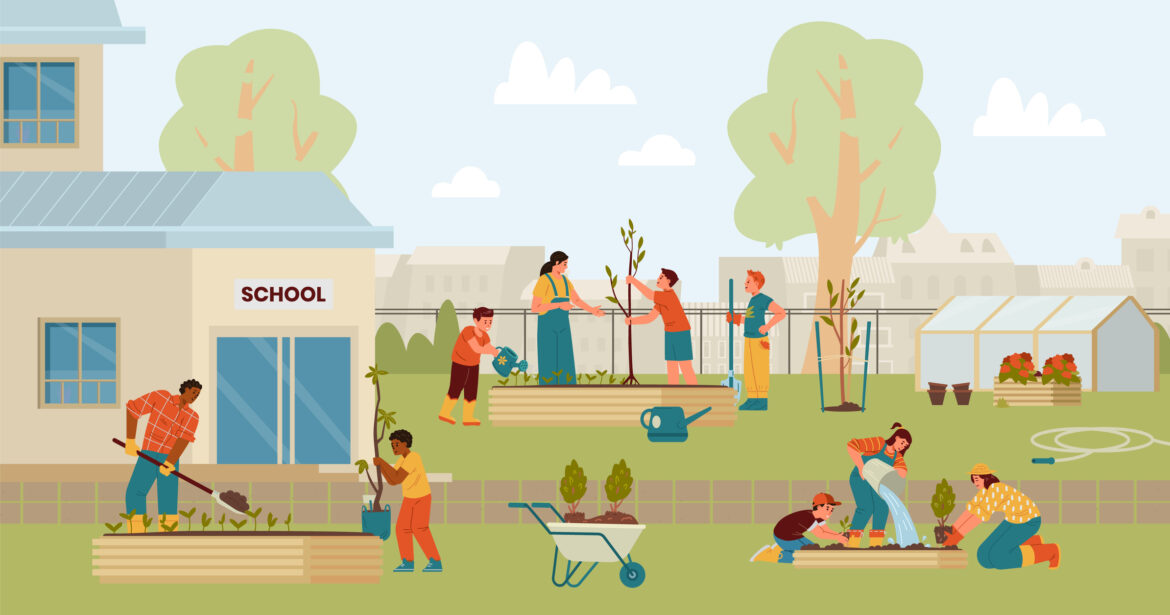

Multilingual learners are the fastest growing population of students in our country. If you think about the history and legacy of multilingual learners and young people who speak languages other than English in our schools and communities, they’ve always been here all along the way, and their numbers are exponentially growing.
Multilingual learners and families are not a monolith, which means the levels of support that we provide have to be nuanced and personalized. We also have to think critically and deeply in terms of how to engage these students, and not just assume they’re “unable to do something” just because they can’t speak the English language fluently.
5 strategies that work
Two-thirds of multilingual learners nationwide are currently in grades pre-K through five—the very ages when families are learning how to navigate their children’s school systems. Many times, those first impressions carry over right into middle and high school, which makes this early learning period especially crucial for families and caregivers who want to know how a school is going to work for their child(ren).
When I became a dual-language teacher, it was great to see the blending of languages and cultures. I started in a two-way dual language program, then became an assistant principal academic dean at a middle school that also had dual language growing into it. I founded a school as an associate principal, and then eventually I got to return back to the home campus where I had started my educational career.
Across that whole timeline I consistently saw that when we engaged and built connections with our multilingual families, they would show up when we asked them to participate in their child’s education. Here are five different strategies that work well when supporting multilingual families and students:
- Put on your listening hat. I encourage schools to engage in some sort of initial listening tour focused on hearing from families. You can send out a survey to find out what they’re most looking forward to and what kind of information they need. Getting feedback and suggestions from families in really authentic ways makes a big difference. At back-to-school time, for example, think about what families want to know (e.g., where can they buy the school spirit shirts? Is there going to be a back-to-school event every single year?). When I was principal, we’d do a summer movie night that gave families a chance to meet teachers and other families.
- Host events that encourage parent-to-parent connection. Because I was a kindergarten through eighth grade principal, we also had a “kinder camp.” Families would come and the kids would spend some time with their new teachers and get acclimated to their new classrooms. Families engaged in language and culture stories with one another, which gave them yet another opportunity to connect with one another. There’s so much value in that relationship between teacher, parent and family member, but also if you can build relationships between families, it can be an even more powerful engagement tool. That way, families become a part of not just their own kid’s education, but they think about the wellbeing of all kids in the community.
- Use tech to make your communications consistent. When I first became principal, families gave us feedback that there were too many different communications platforms, so we streamlined and talked with the teachers and families. We selected ClassDojo as the tool to help us provide consistency for families, who felt like things were changing every single year. Providing consistency in how we communicated kept families feeling “in the loop” about what was going on with their kid’s education and with upcoming opportunities, especially back-to-school. So much information gets disseminated at the beginning of the school year—a juncture where it’s important for families to connect with one another and feel like there’s an open door (both literally and figuratively). That all starts with good communication and the tools that support it.
- Translate it for them. Families appreciate being communicated to in their own language, and thankfully the platform we selected offers translation in many different languages. There are times where you strategically want to make sure that you facilitate things in their language. In my work now, there are some districts that I work with that have translators for the top six languages, and that makes a huge difference in terms of giving families access to information. Sometimes it’s just nice for them to have the whole conversation in their language. If someone on your staff speaks Spanish and is willing to serve in that capacity, it really helps break down some of the barriers to good two-way communication. Hosting meetings in their language fully engages them.
- Get families involved. We established a family engagement committee and through that we learned that families living in an apartment building just a quarter-mile away from the school weren’t showing up much. We pretty much only saw them at registration. So, we worked with the apartment to get our flyers up in the apartment complex and hosted an event at a nearby location. We got some very useful feedback at that meeting, where we learned that one of the families who had a grandparent that they were taking care of was dealing with a mobility issue in getting a student to the school.Being able to host an event closer to that apartment complex helped us really increase engagement. And all it really took was a teacher-led initiative where a team called the apartment complex and asked if we could put up our event flyers in the languages in both English and Spanish. It was incredible to get the families’ input about why that worked and what else they wanted to see.
Think outside of the box
Most families want their kids to go to school, grow up and do great things in life, whether that’s in high school, college, or the work world. It often just takes us reaching out to them and being at their door, if you will, to make those aspirations a reality. Sometimes the expectation is that families and families should come to the school, but I say, let’s go to them. Let’s get out in the community. Let’s show them how much we care. Don’t be afraid to do things that are out of the box.
David Nungaray is a national bilingual consultant and co-founder of the Gente Empowerment Network. He also is the co-author of Breaking Down the Monolingual Wall. His work spans multiple states including his home state of California.


